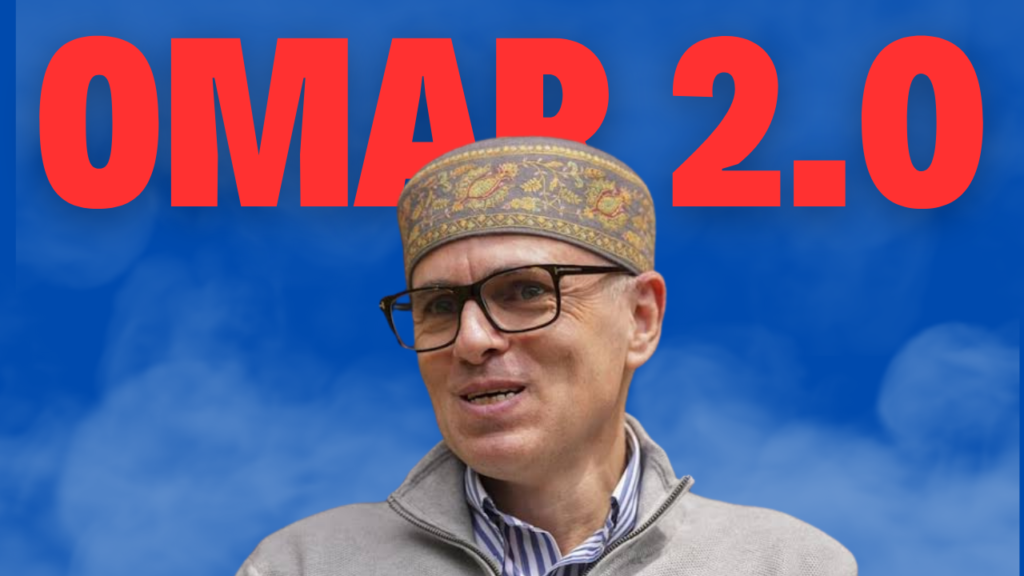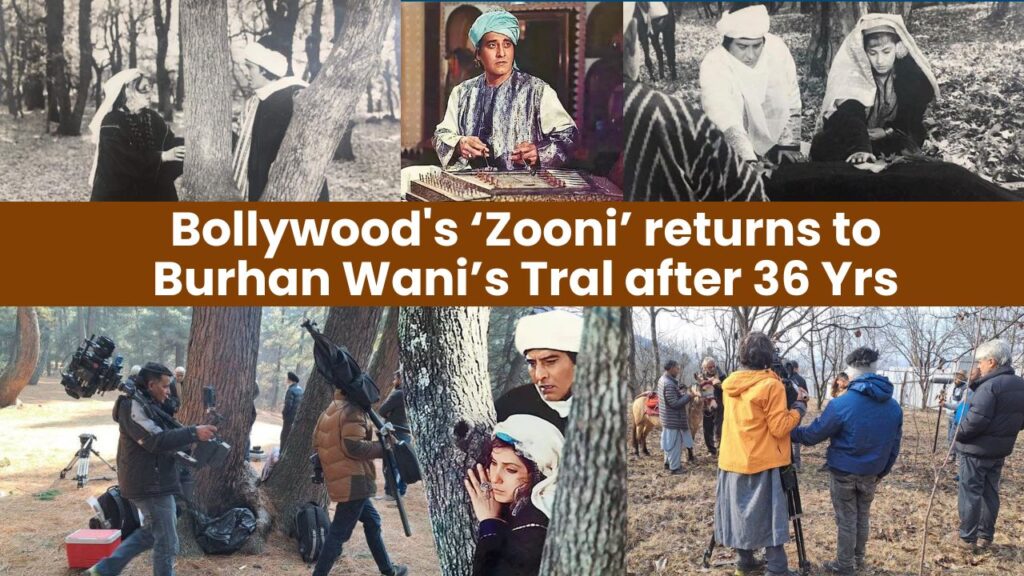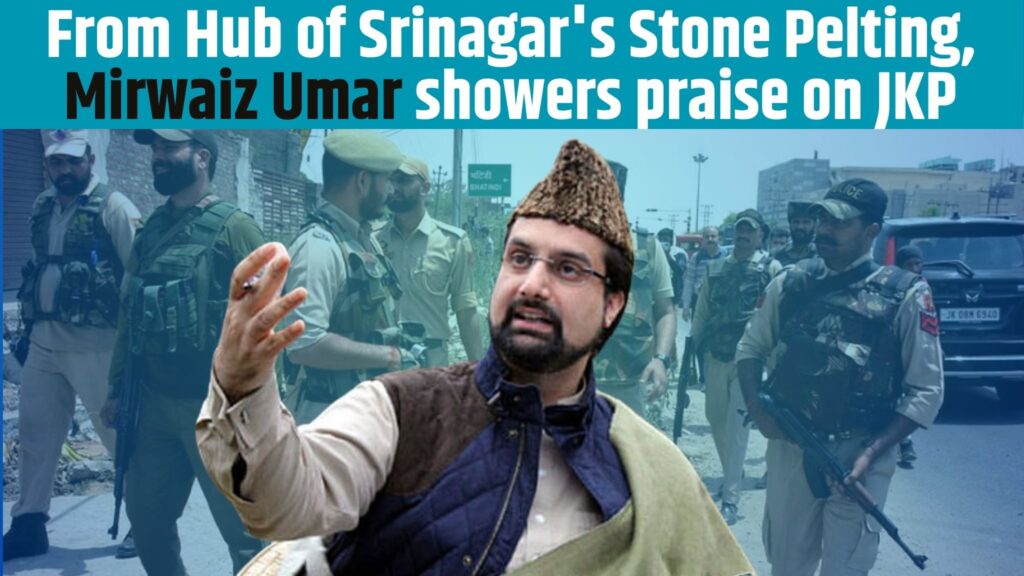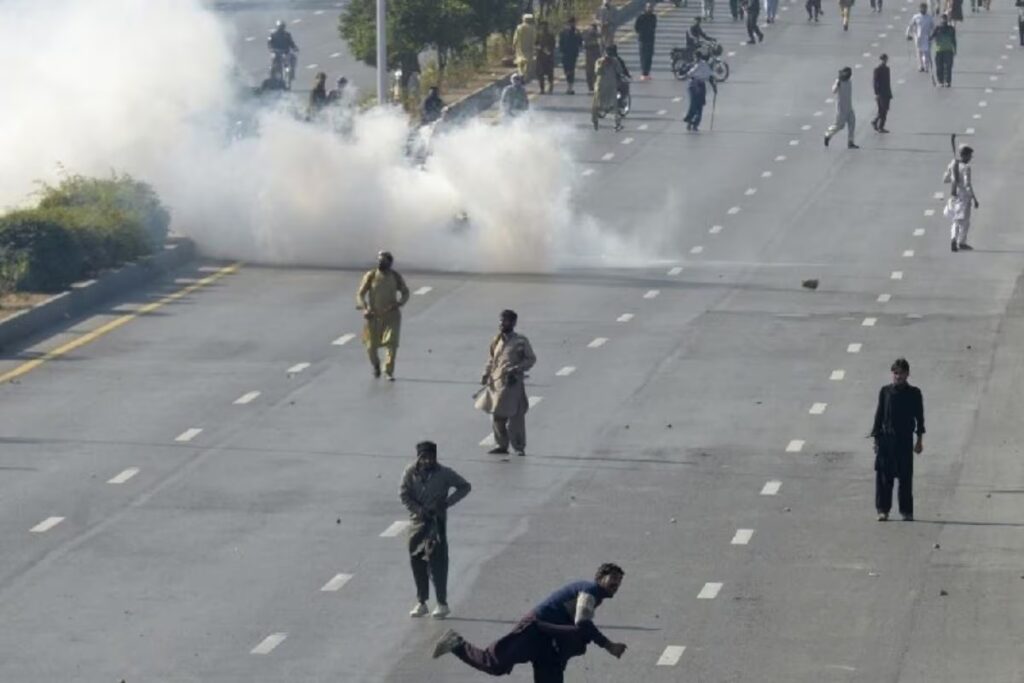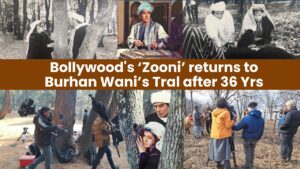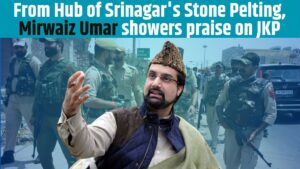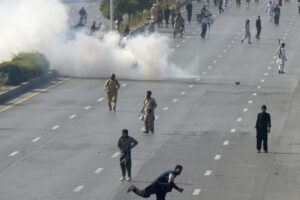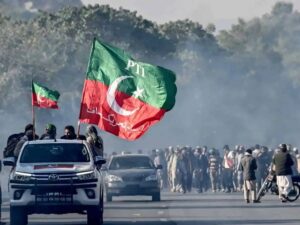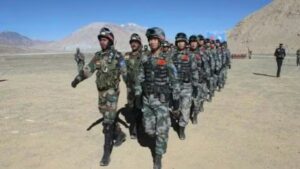With the swearing-in ceremony of Omar Abdullah as the Jammu and Kashmir Union Territory’s first Chief Minister at Srinagar’s SKICC on Wednesday, 16 October 2024, the democratic exercise of the Assembly elections is coming to its logical conclusion.
The elections are unique and significant for a host of reasons. This exercise has been conducted after 10 long years. Never before has been this big gap between the two popular governments in Jammu and Kashmir.
These are the first elections after the semi-autonomous State was downgraded and broken into the two separate UTs of J&K and Ladakh in August 2019. For the first time, a head of the government will be having limited powers as the key Home Department and some more key portfolios will remain with the Union Ministry of Home Affairs and the Lieutenant Governor.
These elections are also important in the sense that the same were held for the first time after 1987 without any fear, threats from militants, killings by terrorists and boycott campaigns by Hurriyat Conference and other separatist groups. In fact, a number of the former actors of violence and advocates of secession themselves participated in the Indian elections.
Though almost all of them were defeated by the Kashmiris, their participation and approval to the democratic exercise changed a longtime narrative. Ever since 1989, it used to be azadi, plebiscite, accession to Pakistan, greater autonomy and self-rule. Now it is simple “restoration of Article 370 and Statehood”— the first widely seen as fait accompli and the second being the Indian Prime Minister’s and Home Minister’s own commitment on the floor of the Parliament. Even the Supreme Court of India has endorsed the same.
This is NC’s third coalition with the Congress party. During the first two coalitions of 1987 and 2009, Congress was the ruling party at the Centre. This is for the first time that Congress is a partner in the NC-led J&K government and BJP is ruling at the Centre— the Narendra Modi led BJP which has crushed Congress not only at the national level but also in J&K where it has been brought down from 26 seats in 1983 and 20 seats in 2002 to just 6 seats in 2024. In Jammu, it has won just a single seat in Rajouri out of 43 seats in what used to be its principal constituency for decades.
NC’s vice president and MLA-elect from Ganderbal and Budgam Omar Abdullah is being sworn-in as Chief Minister out of a massive mandate but after BJP’s six-year-long tirade against the “dynastic troika of NC, PDP and Congress”. Some of the BJP leaders went to the extent of labelling the NC as a “pro-terrorist” and “pro-Pakistan” party, even as Farooq Abdullah maintained that it alone had sacrificed “more than 4,000 of our leaders and workers” for J&K’s bondage with India.
It remains to be seen if any of the Union Government representatives, other than the LG, attends the oath-taking in Srinagar on Wednesday.
Significantly, all the single-MLA parties and other ‘independent leaders’, who the BJP leaders eulogised and patronised as “alternative to the dynastic troika” have been wiped out by the voters. During the mainstream political vacuum, a number of such single or two-MLA parties even claimed the post of the Chief Minister. Of them all, just two have been able to secure one seat each with extremely thin margins.
It is for the first time after 1987 that the common Kashmiris are identifying themselves with a popular government and “Sarkar/Sarkari” has ceased to be a cuss word. An egregiously secessionist tone and tenor and talks of ‘raishumari’ by some groups of the separatist/terrorist background failed to win them votes and seats.
While NC has 42 elected members in the House of 90, Omar also enjoys the committed support of 6 MLAs of Congress and one each from Communist Party of India (Marxist) and Aam Aadmi Party (AAP). Five of the six independent MLAs have also given support to Omar.
Omar’s biggest challenge comes from an imbalanced House and Council of Ministers. J&K stands divided between the Muslim-dominated Kashmir—which also gets an alignment of support from Jammu’s Chenab and Pir Panjal valleys—and the Hindu-dominated Jammu. Most of the seats in the Dogra heartland of Udhampur-Jammu-Samba-Kathua were swept by the BJP.
Contrarily, Kashmir’s voters, as also those in 8 of the 9 segments in Rajouri and Poonch districts of Jammu, favoured NC. Farooq Abdullah’s party and its ally Congress in fact swept the polls across Kashmir and Pir Panjal leaving just 7 out of 56 seats out.
NC independently bagged 35 seats across the Kashmir valley. Its veritable strength, however, came from its victory on the seven seats in its secondary constituency i.e. Jammu. On the other hand, BJP swept the polls in the Dogra heartland but it lost as many as 14 seats in its principal constituency of Jammu. Besides, it failed to win a single seat in its secondary constituency i.e. Kashmir.
NC’s second advantage came in the form of the 6 seats won by its partner Congress—one in Jammu and 5 in Kashmir. Contrarily, all of BJP’s perceived allies failed miserably in Kashmir. The party claimed to win Habbakadal, Kokernag and Gurez but lost all the three. Most of its candidates in Kashmir forfeited their security deposits.
Since the elections were fought behind an undercurrent of regional and religious divide in a UT which comprises 68% Muslim and 28% Hindu voters, the results threw an unprecedented challenge. All but 2 of NC’s 42 MLAs are Muslims. All 6 of Congress MLAs are Muslims. The two MLAs from AAP and CPI (M) are also Muslims. Just three of the five independent MLAs, who supported the NC-Congress alliance, are Hindus.
In other words, out of the 55 MLAs of the Treasury Benches, 50 are Muslims and only 5 Hindus. On the other hand, all 29 BJP MLAs are Hindus.
To deal with such uncanny situations, there was a robust mechanism in the erstwhile State Legislature. Had such a situation of religious disparity in representation arisen in the past, the Government would have picked up some Ministers from the 36-member Upper House or the Legislative Council. It was fully abolished in the Reorganisation Act in August 2019.
In other words, after the abolition of the Legislative Council, the Hindu population and the region of Jammu have to accept a government and a Council of Ministers of only one religion if all the ruling party members belong to one religion. Clearly the fault lies with the architects of the J&K Reorganisation Act who ruled out the kind of situations which J&K is today confronted with.
Understandably, as long as J&K remains a UT, the Chief Minister can pick up a maximum of two Hindu Ministers. NC’s own Surendra Choudhary, who defeated BJP’s J&K President Ravinder Raina with a massive margin in Nowshera, is a natural choice. From the Dogra heartland, Omar can pick up none other than Satish Sharma, the Congress rebel and influential leader Madan Lal Sharma’s son who defeated several heavyweights in Chhamb.
It remains to be seen if Omar also accommodates the NC revel Pyare Lal Sharma who scored a spectacular victory in Inderwal, in the Chenab valley. It looks unlikely as NC will also be constrained to spare at least one berth to Congress. For the entire Kashmir valley, Omar has to pick up a maximum of 5 Ministers, out of 15 potential contenders) as the total size of his Council of Ministers, as per the law, has to be 9 (10% of 90). For Omar, this is an extremely difficult, unprecedented and unforeseen situation.
Omar’s third biggest challenge comes from the fact that the BJP government at the Centre treats abrogation of Article 370 as a fait accompli while NC has secured most of its votes for restoration of Statehood and Article 370. Even a minute dilution on this issue will be hugely exploited by NC’s detractors who would not hesitate to trigger a turmoil that could benefit only the decimated separatists.
On the other hand, BJP would suffer a similar discomfiture across the country if it softened its stance over this issue and restored Article 370.
Since both the parties are mature and experienced enough to realise the consequences of a confrontation in the country’s politically sensitive UT, one could expect camaraderie from the rulers in the UT and the Centre.

